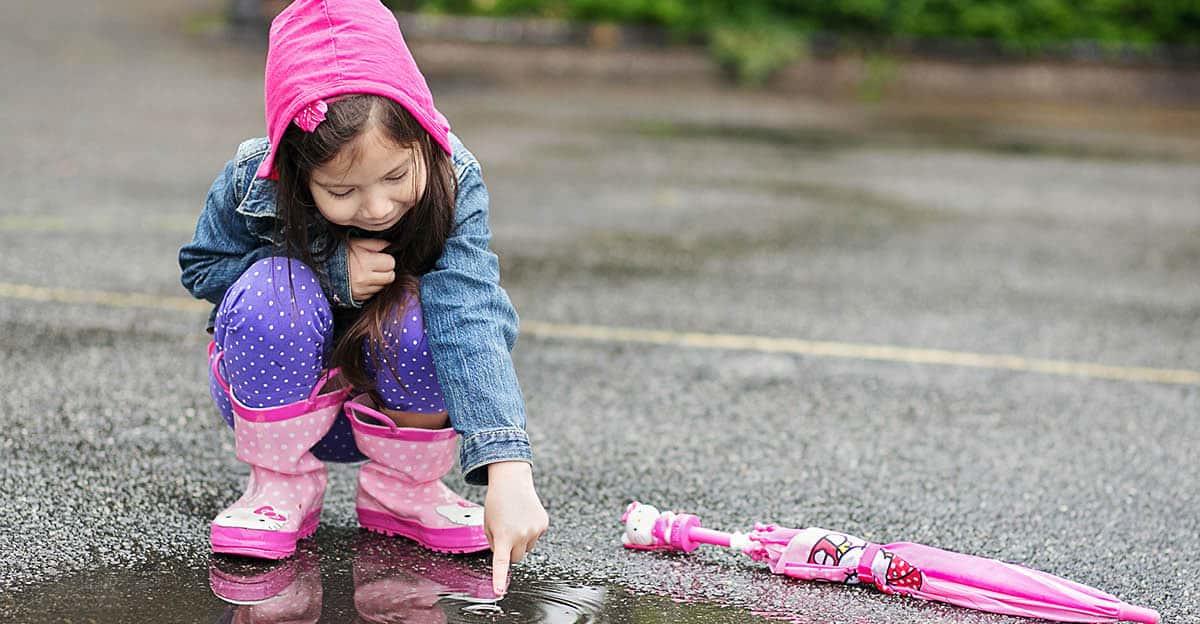Science can be a blast, and outdoor learning is also a great way to take hands-on activities to the next level. Check out these four science experiments to give students an opportunity to learn more about weather and get their hands and minds working together along the way.
4 Weather Prediction Activities for Kids
Learning more about the weather can give students insight into how science helps us to predict and understand natural events.
Insect Thermometers
Don’t worry: All bugs involved in this experiment will stay outside. Crickets “chirp” — that is, rub their wings together to make their distinctive sound — more when it’s warm outside, and you can actually use their sounds to predict the temperature. To estimate the temperature, have your kids count the number of chirps they hear in a 15-second period (an inexpensive timer will help). Add 37 to the total number of chirps for the temperature in degrees Fahrenheit. You can check results against an outdoor thermometer or weather station.
Homemade Barometers
Your kids can learn to predict when rain is on the way with a homemade barometer to measure air pressure. To make one, cut the top off of a balloon and stretch it over the top of a glass jar; then secure it with a rubber band to make an airtight seal. Tape a lightweight coffee stirrer to the balloon so that one end of the stick hangs over the edge of the jar. Place the barometer near a wall so that the stirrer points toward the wall, where you will hang a piece of paper. Mark the height of the stick.
To use the barometer, observe the stick. When it is lower than the original mark, barometric pressure is falling, and rain is likely on the way. When the stick rises, pressure is rising, and it’s likely to be sunny and clear.
Hair Hygrometers
Your kids can build a simple hygrometer to measure humidity with a long strand of hair, some cardstock, a piece of corrugated cardboard, a push pin and some tape. Cut out a small arrow from cardstock and attach it loosely to the center of the cardboard with the pushpin, making sure that the arrow can spin freely. Tape one end of the hair to the point of the arrow; then tape the opposite end of the hair to the top of your cardboard. Stand the cardboard up so the hair is above the arrow and holding it more or less parallel to the floor. When it’s humid, the hair will stretch, and the arrow will point downwards. When it’s dry, the hair will shrink and cause the arrow to point upwards.
Weather Rhymes
In the days before TV weather reports and satellite imagery, people often relied on proverbs and poems to predict the weather. Have your kids test out a few old sayings to see if they’re true by keeping a weather journal. Each day they can note when they see one of the items mentioned in a common weather rhyme, then check if the weather that day met expectations. (You can explain their results with this comprehensive blog post on the subject.)
Some common rhymes to try:
- “Red sky at night; sailor’s delight.”
- “Red sky in morning; sailors take warning.”
- “Halo around the moon means rain is coming soon.
- “Dew before midnight; next day will be bright.”
- “If it rains before seven, it will clear by eleven.”
- “If the cat washes her face over her ear, the weather is sure to be fine and clear.”
If you know other common weather sayings in your region, be sure to give them a try as well!
More Science & Hands-On Activities
Looking for more inspiration and ideas to get your students stoked about science? Check out the STEAM & STEM category to find more ideas for activities and products to make this year the best one yet.






Really appreciate 🙏 this message